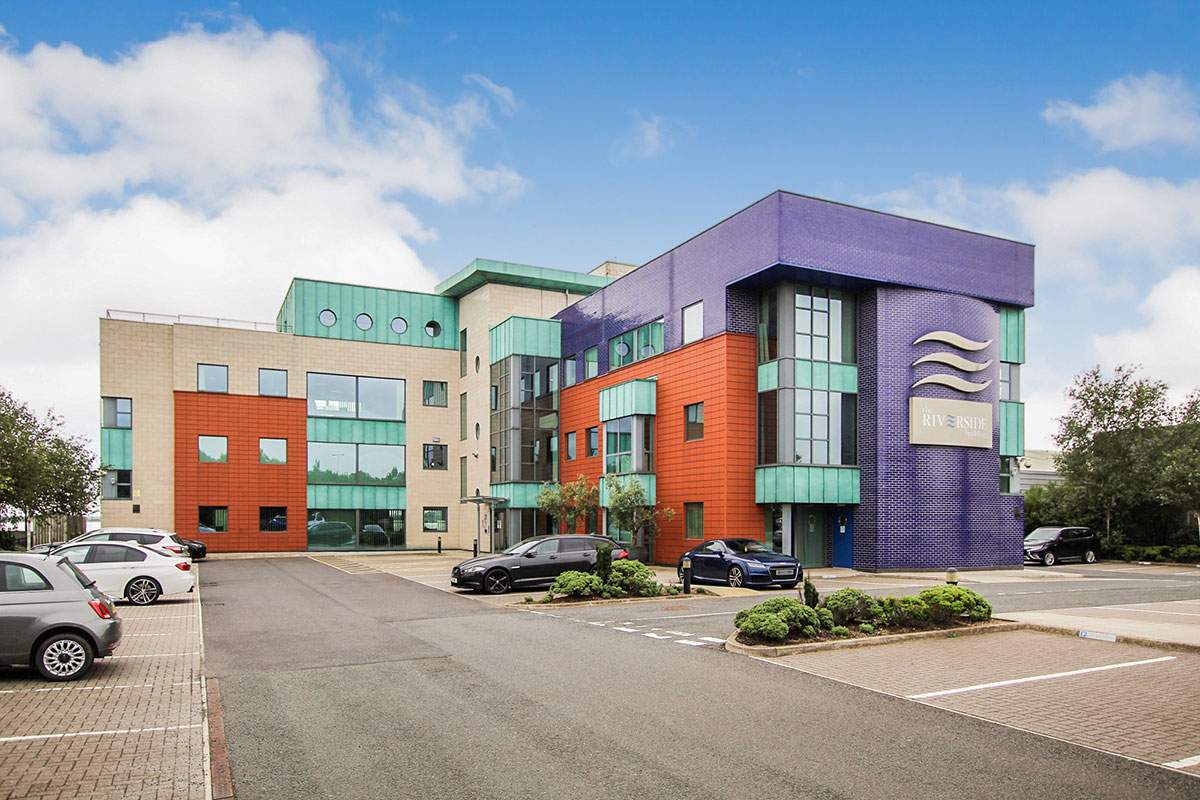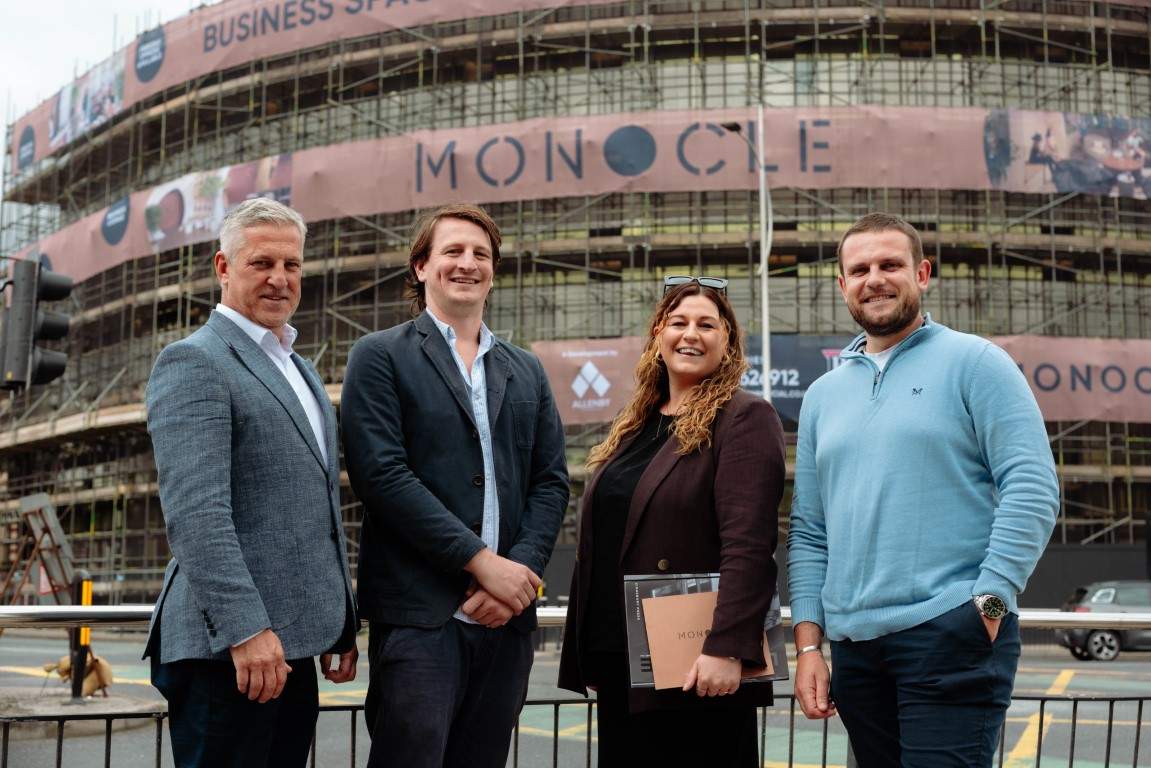SYNERJY PLAN EXCITING NEW CHAPTER FOR ANGLO DANISH HOUSE ‘ ONE OF GRIMSBY’S MOST ICONIC BUILDINGS
Anglo Danish House, on King Edward Street, first started life as a bacon factory, having been designed by well-known Grimsby architect William Wells in 1946. Located on the same site as a 19th century smoke house, the traditional brick-built property contains three oak-lined smoke houses which are probably a rebuild or reuse of the older original structure.
The historic building is now set for a new lease of life having been snapped up by SynerJy, a family-owned company which has been trading in Grimsby for almost 20 years.
Nick Kirkham, SynerJy’s managing director, knows all about the history of the building, which is of significant archaeological importance to Grimsby and its fishing heritage. He is planning to carry out a “sympathetic renovation” before relocating his business from The Old Sorting Office in Holme Street, Grimsby.
Mr Kirkham explained: “Anglo Danish House is full of character and we want to try to restore some of the original charm to the property, which was identified as a ‘Historic Asset of Special Interest’ by North East Lincolnshire Council in 2015.
“We have been operating from rented premises, but this relocation to our own building is vital to our long-term plans. Having a bigger site will also allow us to manufacture a new aluminium Warmcore Window and Bi-fold Door product, so it’s an investment in our future growth and we hope it will eventually create around 10 new jobs.”
Measuring around 15,000sqft, Anglo Danish House is made up of three self-contained ground floor workshops with office, storage space and staff accommodation on the first floor above. Downstairs, parts of the original tiled and glazed brick finish interior can still be seen, whilst the two-storey smoke house, which was used for fish and bacon smoking, retains its grates, railings and cowls. On the upper floor, the former offices boast Deco style staircases, parquet floors and panelled walls and doors, which are expected to be retained in the refurbishment.
The cowls on the Smoke House are indicative of the rapid growth and prosperity of the town as a thriving port from 1850. In the early 1960s, it used to supply bacon and tubs of butter to Birketts Butchers along with other outlets in the area.
Although all the refrigeration machinery has long since been removed, there is still evidence of its wooden panelled loading doors behind the existing steel roller-shutters. Mr Kirkham is hoping to remove these modern additions to restore the timber originals and make the building’s front exterior more aesthetically pleasing. As you would expect, plans are also being drawn up to replace all the windows.
Duncan Willey, the divisional director of PPH Commercial in Grimsby who helped to negotiate the deal, is delighted that the premises are in safe hands.
Mr Willey said: “There was considerable interest in the purchase of this iconic property because of its history and, in part, due to low levels of industrial premises being available in the local area.
“SynerJy see the building as a key part of their ambitious growth and expansion plans, which is a great boost for the local economy. It’s an iconic Grimsby building and we’re delighted to see its future secured.”










